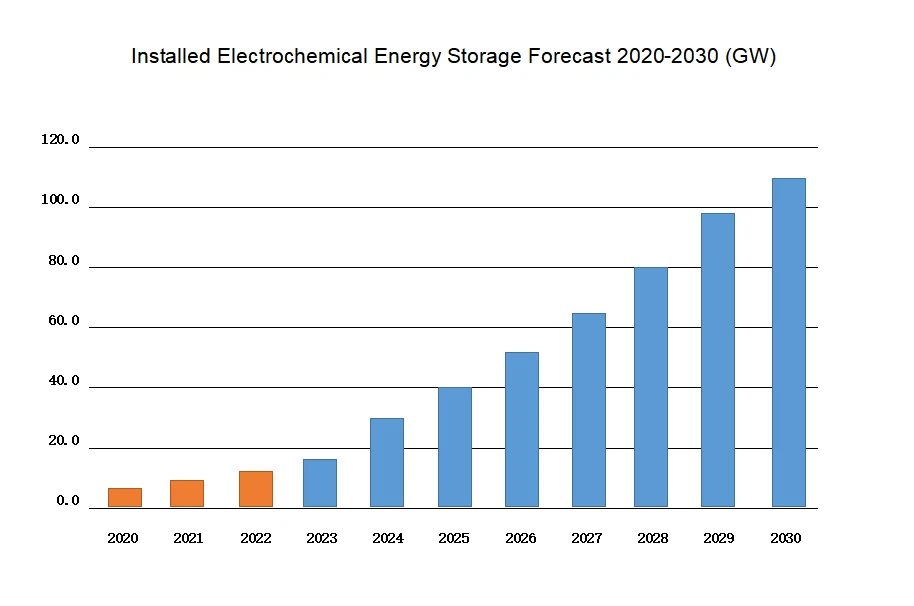The global market for LiFePO4 batteries has been growing steadily over the past few years and is expected to reach $7.6 billion in 2020.This market is expected to grow at a CAGR of 14.2% from 2021 to 2028, and could reach $23.8 billion by 2028.
One of the key factors for the growth of the LiFePO4 battery market is the growing demand for electric vehicles (EVS) and hybrid electric vehicles (HEV). LiFePO4 batteries are widely used in these vehicles because of their high energy density, long cycle life, and good safety features; another important factor for the growth of the LiFePO4 battery market is the rising demand for renewable energy storage systems Another important factor for the growth of the LiFePO4 battery market is the rising demand for renewable energy storage systems.
These cells are well suited for solar energy storage systems as they can withstand frequent charge and discharge cycles with high efficiency.
Regionally, Asia Pacific is expected to dominate the LiFePO4 battery market and will hold the largest share of the market by 2028.
China is currently the largest producer of LiFePO4 batteries, followed by Japan and South Korea.
Many professionals predict that the LiFePO4 battery market in North America and Europe will also see significant growth during the forecast period. From a macro perspective, although the LiFePO4 battery market presents many new opportunities, there are also some challenges that need to be addressed. For example, high production costs and concerns about the availability of raw materials such as lithium and cobalt.
All in all, the LiFePO4 battery
market is expected to continue to grow rapidly in the coming years, driven
by the increasing demand for electric vehicles and renewable energy storage
systems.

Experts
predict several submarkets in the LiFePO4 battery market to perform well:
(1) Electric Vehicles (EV) and Hybrid Electric Vehicles (HEV): Demand for LiFePO4 batteries in the EV and HEV markets is expected to grow rapidly, driven by increasing government regulations to reduce carbon emissions and promote clean energy. More and more electric vehicles are replacing fuel vehicles. There are also areas of use for RVs.
(2) Renewable energy storage systems: LiFePO4 batteries are well suited for solar energy storage systems, and demand for these home energy storage systems is expected to grow as more and more homes and businesses turn to renewable energy sources. Energy storage systems contain PV panels, batteries and inverters, and demand is growing worldwide.
(3) Consumer Electronics: This segment is mainly reflected in the portable power supply demand for LiFePO4 batteries will continue to grow. The initial mobile power supply is mainly ternary batteries, because the safety of lithium iron phosphate batteries is better.
(4) Medical devices: The use of LiFePO4 batteries in medical devices such as hearing aids and implantable medical devices is expected to increase because of their high reliability and long life.
(5) Military and aerospace: LiFePO4 batteries are also used in military and aerospace applications because of the high energy density and ability to withstand harsh operating conditions.
In summary, the LiFePO4 battery market is expected to grow rapidly across a wide range of applications, driven by the increasing demand for clean energy and the need for reliable, high-performance battery solutions. Lithium iron phosphate batteries will provide a cleaner world.
